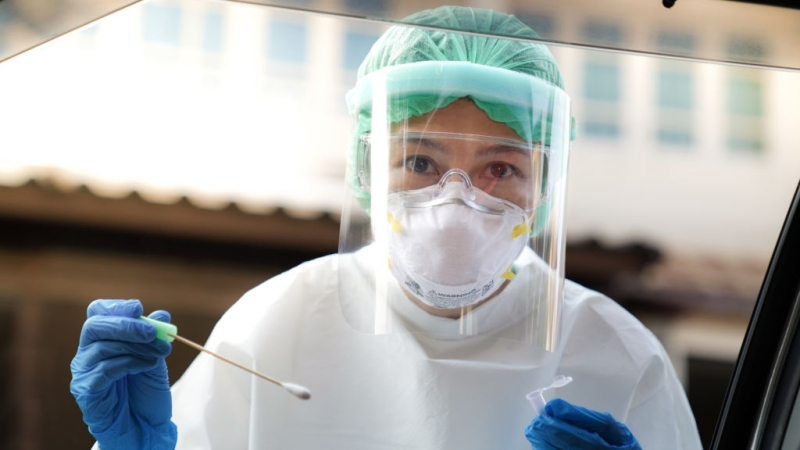Doctors are more concerned with false negatives than false positives when it comes to COVID-19 testing. | Stock Photo
Doctors are more concerned with false negatives than false positives when it comes to COVID-19 testing. | Stock Photo
Following recent incidents involving false-positive tests for COVID-19, including Ohio Gov. Mike DeWine (R), which was only discovered because DeWine had the resources to be immediately retested, some have begun to question how many of the positive tests for those who could not get a follow-up test have been false as well.
Dr. Matthew Sims, director of Infectious Disease Research at Beaumont Hospital, recently spoke with Chris Renwick on WJR’s "The Frank Beckmann Show" about the reliability of tests and the likelihood that someone who only has one test done may receive a false positive.
Sims told Renwick that, as a medical practitioner working in a hospital setting, his concern is more with false negatives than false positives.
"Most of the patients I see have been admitted with symptoms consistent with COVID, and then they have tested negative,” he told Renwick. “So those are the people we worry about false negatives.”
Yet in most of those cases, a second test confirms that the patient doesn’t have the novel coronavirus, he told Renwick.
“So the actual false negative rate is relatively low; the false positive rate, harder to know, because most of the time, people who get a positive test don’t get retested again right away,” Sims told Renwick.
Even when someone who has a positive test doesn’t develop symptoms, that doesn’t mean they didn’t have COVID-19, as they may have simply been asymptomatic.
Sims said that the tests can, in general, be trusted.
“Now, here’s the thing: how good a test is, no matter what the test is, all depends on what we call the 'pretest probability',” Sims told Renwick.
When there is a high infection rate and most of the tests involve people who already have symptoms, the pretest probability is very high, Sims explained. But as the probability of someone being tested having COVID-19 drops as the occurrence of the disease is reduced, the probability of a false positive also rises.


 Alerts Sign-up
Alerts Sign-up